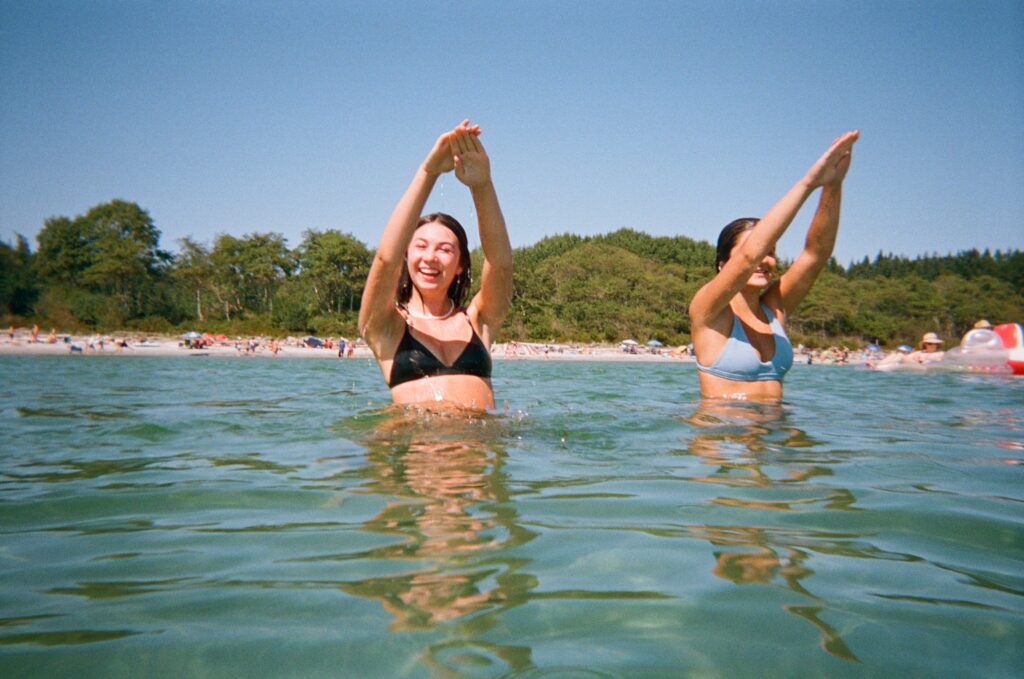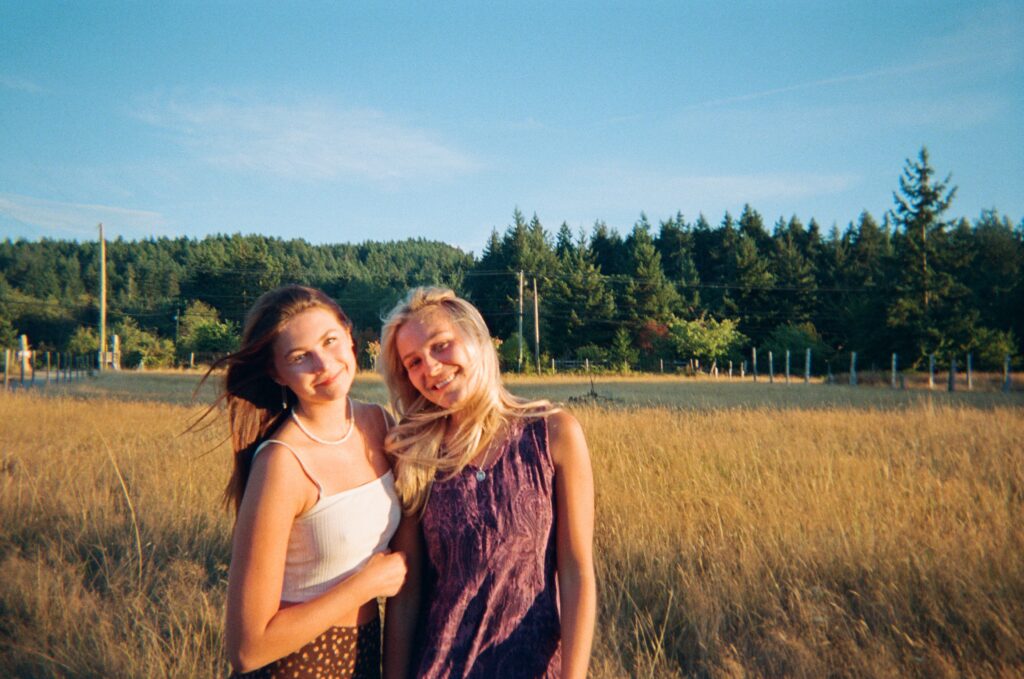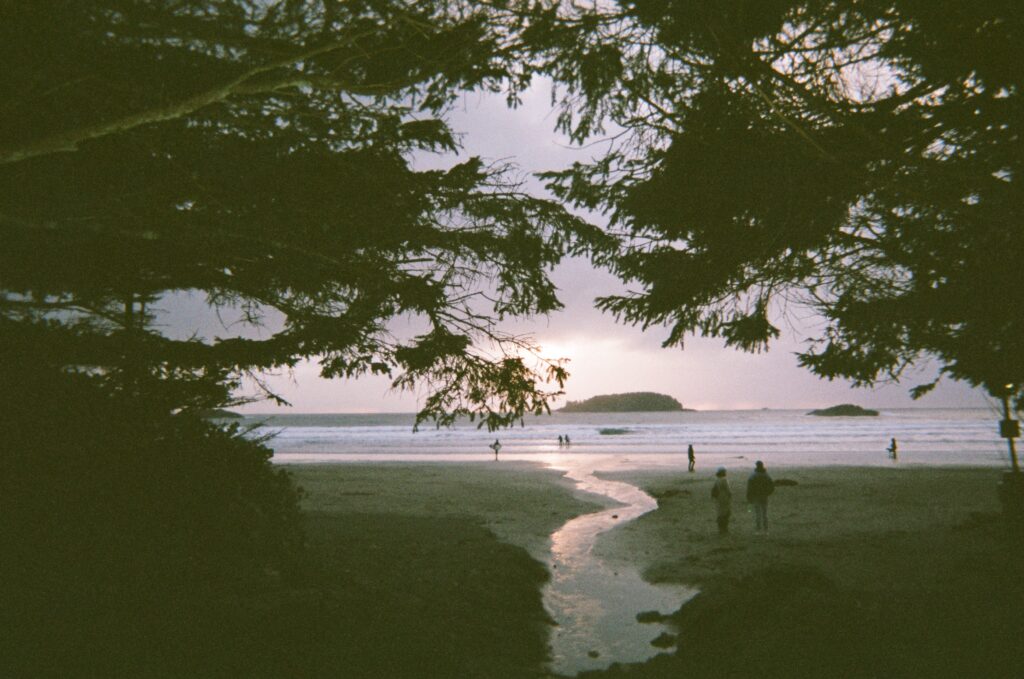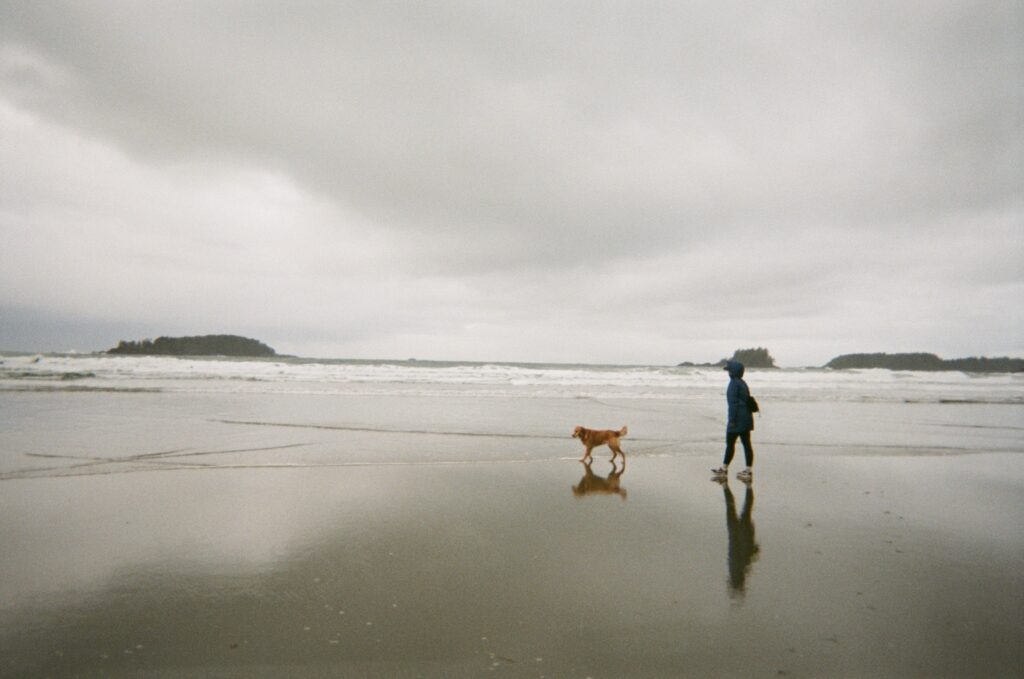
KODAL M35 (Basic & Beginner-Friendly)
This is the Kodak M35. This one is a great choice for anyone new to film photography. I tried this one and it is good for the basics. It’s a reusable 35mm film camera that works just like a disposable camera, but instead of throwing it away after one use, you can reload it with new film rolls. It features a fixed-focus lens, built-in flash, and simple controls, making it easy to use without worrying about settings.


FUJIFILM Disposable (Ultra Beginner)
The basic FujiFilm disposable camera is my go-to when I’m going on a trip and want to have a camera to use for the occasion. It has a roll of 27 photos. It’s simple, reliable, and gives me that nostalgic film vibe without having to worry about my phone or a more expensive camera. Perfect for capturing moments on the go! I’ve shot a lot of photos on these over time, and it will always be my favourite basic camera. It has manual flash which I adore because Im not a huge fan of flash photography, when it’s not needed. I also prefer taking photos in the daylight and outdoors. So this camera works best in outdoor light. Below you will see my favourite pictures this has camera has produced. I think this camera thrives in bright outdoor light creating a lively photo that enhances the pre existing colours.



This is a Minolta 35mm film camera that I got at a thrift shop some time ago. I hadn’t used it much at first because I wasn’t too confident with my ability to use it, especially since you it is manual and you have to adjust the settings to get a good shot. Over time, I’ve gotten better at using the manual settings, especially with shutter speed and aperture, by experimenting more and paying attention to the results. It’s a slow process, but each shot teaches me something new and helps me improve. I’ve also started to understand how subtle changes in exposure can completely alter the mood of a photo, making it a fun challenge to get everything just right. The more I practice, the more confident I get with each click of the shutter!
However, I pulled it out last summer, and we took this picture to the side. I was really pleased with how it turned out, and it gave me a new appreciation for film photography. There’s something so special about getting that perfect shot when you’ve put in the effort to adjust everything just right. It made me realize how much more intentional I need to be with every shot, focusing on framing, lighting, and all the little details that can make a huge difference in the final image. The whole process feels more rewarding than just snapping a photo with a digital camera because you only have that one chance to capture the moment, and you really have to trust your instincts and knowledge of the camera to make it count.

I also learned a lot about how the Minolta’s manual focus and aperture settings really allow you to have control over depth of field and how much light enters the lens. The built-in light meter has been a game changer in helping me balance exposure, and it’s given me a much better understanding of how to create more intentional, creative shots. I tried to take other pictures with it during this inquiry project, while I was in Tofino, to try again, and the photos below is how they came out. Overall I was pleased with them, but they are not my favourite shots.

